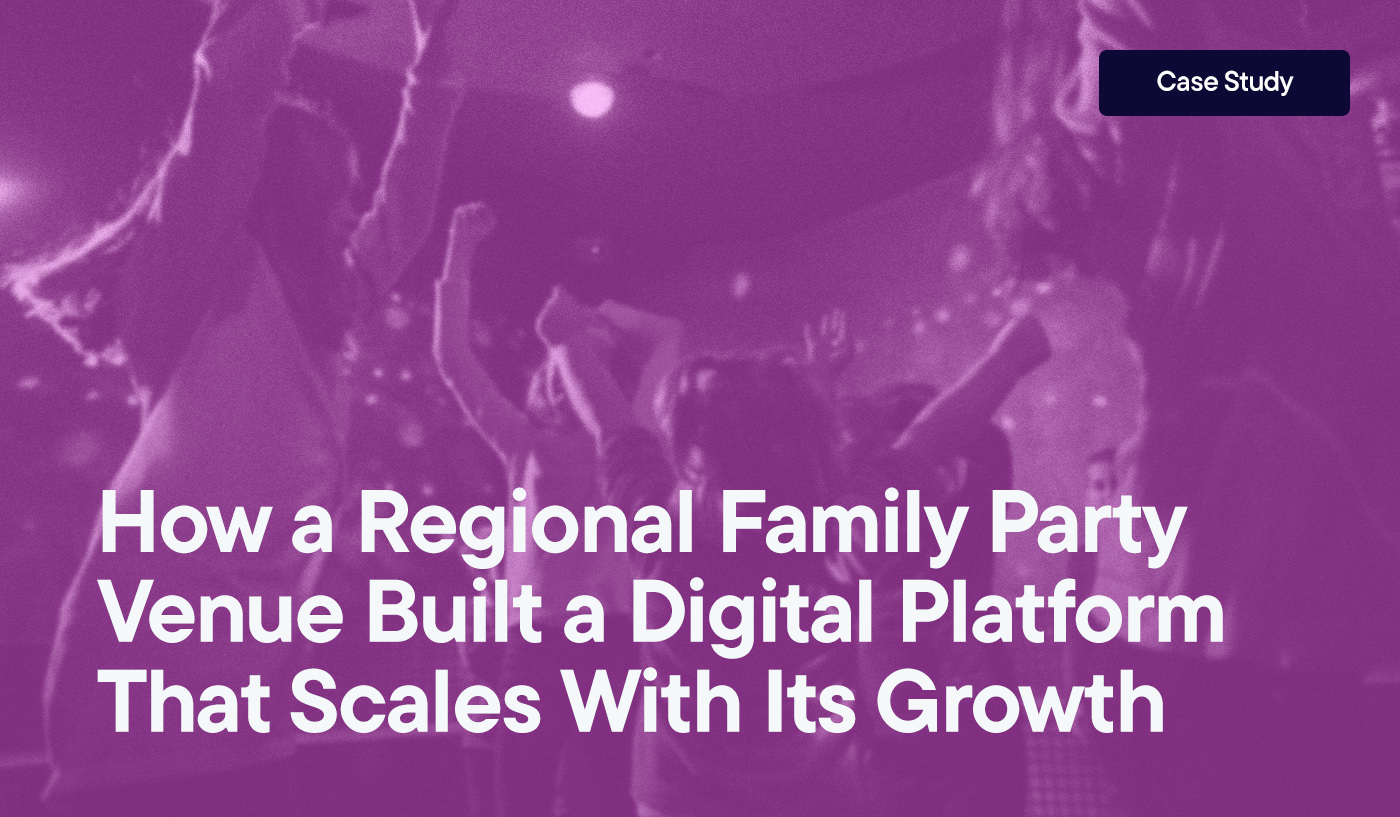Whether your company is B2B, B2C, big or small, content marketing has never been more important—or more misunderstood. When done well, it can increase the number of organic visitors to a website, convert visitors to leads, and even transform those leads into happy customers. Do it poorly, however, and you’re not just wasting the time, energy, and financial investment to create the content—you’re potentially putting your brand’s reputation at stake.
Content marketing leverages quality content to add value to a buyer’s experience as they move through the purchasing processーfrom awareness, to consideration, to the decision to buy. This is known as the buyer’s journey. Content can include blog posts, landing pages, web pages, and email sequences, among other digital elements—not to mention social posts, downloads, and even physical collateral—all tailored to meet your potential customer’s needs at the precise time they’re looking for the information.
Of course, successful content marketing requires the creation of good content at a consistent pace. But what exactly is good? How can you tell if your hard work is paying off?
Here are 10 of the best key performance indicators (KPIs) for measuring the success of your content marketing efforts.
1. Average Monthly Website Visits
This commonly quoted metric gives a general read of how well your website content is performing. However, it’s difficult to determine how many monthly visits constitute a “good” number, as these can vary widely depending on industry, company size, website size, publication frequency, and so on. This piece from inbound marketing and sales enablement platform HubSpot details how to analyze your monthly visitor average.
2. Average Session Duration
This metric measures how long visitors spend on your site. A session is defined as the entire time that a single user spends on your site, from entry point until exit, across all pages visited. When all session time totals are added and divided by the number of sessions, that’s your average session duration.
A low average session duration can be a useful indicator of an issue that needs to be addressed: It’s possible that your content isn’t engaging enough, or that there’s a technical issue with the site. Unlike with time on page metrics—which only measure visits that didn’t end in an exit or a bounce on the page—session duration measures all visits, and records any bounce as zero seconds. So even if someone spends 10 minutes on your page, it will be recorded as zero if they don’t visit another page on the site.
As the average session duration increases, the more likely your visitors are to convert, because it’s clear that your site is providing an engaging experience for them. Pairing this metric with the number of pages viewed per session as well as your conversion rates will provide additional insight into how deeply visitors are exploring your site.
3. Bounce Rate
When visitors load a page from your website and leave without visiting any other pages, they’re said to be “bouncing” off the website. The bounce rate is the percentage of total visitors who leave your site—or a specific page—after a single “analytics event” or page view.
Understanding context around bounces is critical: A high bounce rate across your site could mean your content isn’t engaging, or technical problems (such as a long load time) are frustrating visitors. However, it could also mean that a single page—often a blog post that is ranking well for a valuable search term—is providing the exact information that visitors need. As such, it’s important to consider additional metrics such as time on page to figure out if your bounce rate is something that needs to be addressed or not.
4. Page Views
Page views measure the number of times a page一a blog post or other site page一is seen by a visitor. This includes multiple views by the same visitor and unique visitor views.
Generally, an upward trend in page views over time is a positive signal organic search traffic is finding your content. However, additional context may be needed to accurately interpret what’s happening. A high page view count without other signs of engagement may indicate poor page performance一visitors must constantly reload it一or they’re lost on the site and return to a given page out of confusion or frustration.
5. Average Time on Page
This KPI measures the time visitors spend on a particular page. Longer periods on the page indicate you’re adding value to the visitor’s onsite experience, and the right visitors are finding your content.
Transform Your Marketing With Strategic Content
Ready to Convert More Leads Into Loyal Customers?
Discover Our Content Engineering Expertise arrow_forward6. Traffic Sources
Traffic sources indicate where your website traffic is coming from. Departure points can include:
- Search engine results pages (SERPs). This is referred to as organic search traffic.
- Ads on the SERPs. This is called paid search traffic, which refers to visitors arriving at the site after clicking on an ad.
- Referrals. This means a visitor arrived via a link from another website.
- Email. This means visitors clicked a link to your website within an email.
- Direct. Visitors reaching your website by entering the URL into the browser bar fall into this category.
For most sites, the ideal situation is that SERP traffic provides your greatest percentage of visitors. An upward trend or consistently strong flow of visitors suggests your content strategy is working. It attracts visitors by providing desired responses to their queries. Of course, context will also be critical here. If SERP traffic is robust, but your bounce rate is high and time on page is low, your content may not be meeting visitor expectations.
7. Search Engine Rankings
Search engines, such as Google, use algorithms to rank online content based on how well the content answers a particular search query. Of course, this is a subjective measure, but since over 90 percent of search queries occur on Google一a whopping 8.5 billion searches per day一you’ll want your content to adhere to Google’s ranking criteria. Creating and tweaking content to improve search engine ranking is called search engine optimization, or SEO.
The smart use of relevant keywords and well-written content that serves up what searchers expect will help your content place higher on Google’s search results pages. And the more people click on your link, the higher up in rankings your content goes. Keyword research and SEO tool Semrush includes additional hints on optimizing your search engine rankings.
8. Open Rate
For email content, the open rate, or the percentage of delivered emails that are opened, indicates how well your email subject line is resonating with recipients. According to email marketing service Mailchimp, average open rates range from 15 percent to 29 percent, depending on the industry. Interestingly, while a lower-than-average open rate suggests there’s room for subject line improvement, achieving a higher-than-average open rate is extremely difficult and often not worth the additional investment.
9. Click-Through-Rate (CTR)
The Click-Through-Rate (CTR) is a ratio, expressed as a percentage, of the number of clicks on a content piece to the number of total views. It’s a primary KPI used to measure email content performance but can also be used for any call to action (CTA) opportunity. For example, content in pop-ups, website pages, and PPC ads can also be evaluated using CTR.
In the case of email, when a recipient opens an email, they’re typically presented with content that leads to a CTA, such as signing up for a demo or downloading a content offer. When the recipient clicks on the CTA, that’s considered a conversion.The CTR is the percentage of email openers who click on the internal CTA and convert. So if you send 100 emails, 20 people open them, and one follows a link to your site, you’ll have an open rate of 20 percent (20 opens out of 100 emails) but a CTR of 5 percent (one click out of 20 opens).
For other types of content, such as a website pop-up, the CTR is the percentage of all visitors that saw the pop-up and clicked on the CTA. If 40 people saw the pop-up and 12 clicked on the CTA, the CTR would be 30 percent (12 out of 40 visits). The higher the CTR, the better the content.
10. Conversion Rate
Content such as blog posts, landing pages, or emails typically have a CTA that moves the reader farther in their buyer’s journey. Depending on the content type, it could be to download additional content, complete a form, sign up for a newsletter or demo, contact a sales representative, or make a purchase, to name a few.
The conversion rate, then, is the percentage of readers who complete the desired action described in the CTA or “convert” in marketing lingo. And the higher the conversion rate, the more likely it is that your content is meeting your potential customers’ needs.
How Hypha HubSpot Development Can Help Improve Your Content Marketing Efforts
At Hypha HubSpot Development, we’re experts in content marketing. We create and execute content marketing strategies that make a difference, whatever KPIs are used. We create exceptional content that adds value to user objectives, no matter their buyer’s journey stage.
Your content is your most valuable digital asset. We can help you get the most out of it.


